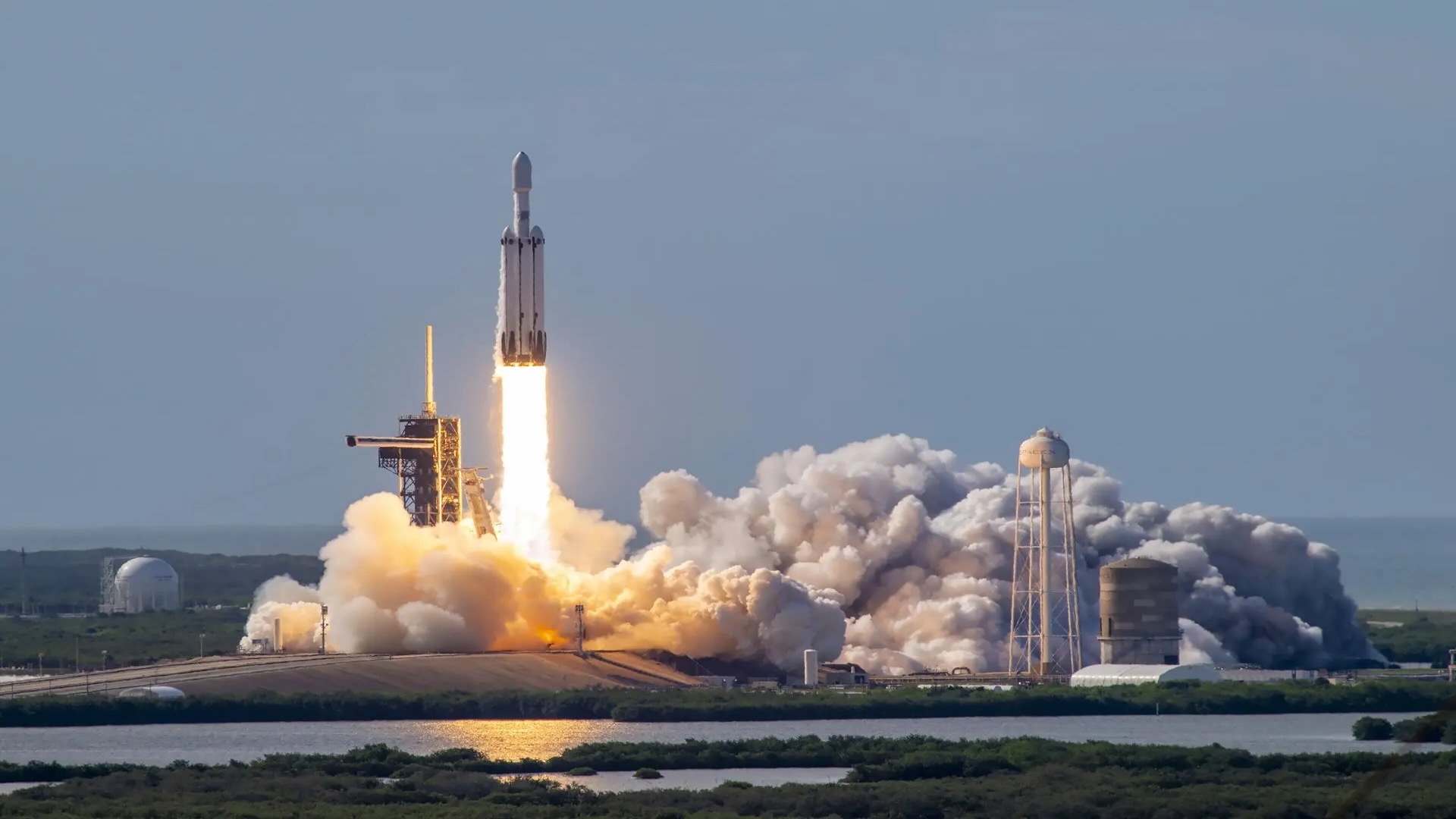
CAPE CANAVERAL, Florida — A next-gen weather satellite has left its home planet behind.
After concerns the weather would not cooperate, a perfect window of opportunity opened today (June 25) for the launch of GOES-U, the fourth and final member of the U.S. National Oceanic and Atmospheric Administration's (NOAA) GOES-R series of Earth-observing craft.
GOES-U caught a ride on a SpaceX Falcon Heavy rocket from Launch Complex 39A at NASA's Kennedy Space Center (KSC) here on the Space Coast, rising off the pad today at 5:26 p.m. EDT (2126 GMT). The assembled crowd erupted into thunderous applause as the brawny rocket roared into space on its 10th-ever liftoff.

"I could feel the adrenaline go through when it started launching. It was incredible," Dakota Smith, satellite analyst and communicator at the Cooperative Institute for Research in Environmental Sciences (CIRES), said after watching his first-ever launch. "GOES has been a huge part of my career and my passion and my hobby and to see a satellite go up and know that we're going to continue to get amazing imagery and I'm going to continue to work on this mission, it means a lot to me. I'm blown away."
The Falcon Heavy consists of three modified, strapped-together first stages of SpaceX's workhorse Falcon 9 rocket. A second stage, and the payload, sits atop the central booster.
The heavy lifter's two side boosters returned to Earth today as planned, touching down at Cape Canaveral Space Force Station, which is next door to KSC, about eight minutes after liftoff. This homecoming created a whole different experience for onlookers than the launches of GOES-U's three sibling satellites, all of which soared into space on United Launch Alliance's Atlas V rocket, which is not reusable.
The central booster did not come back safely on today's mission; the launch required it to burn so much of its fuel that it didn't have enough for a controlled return to Earth.
Related: How the GOES U satellite will change Earth and space weather forecasts forever
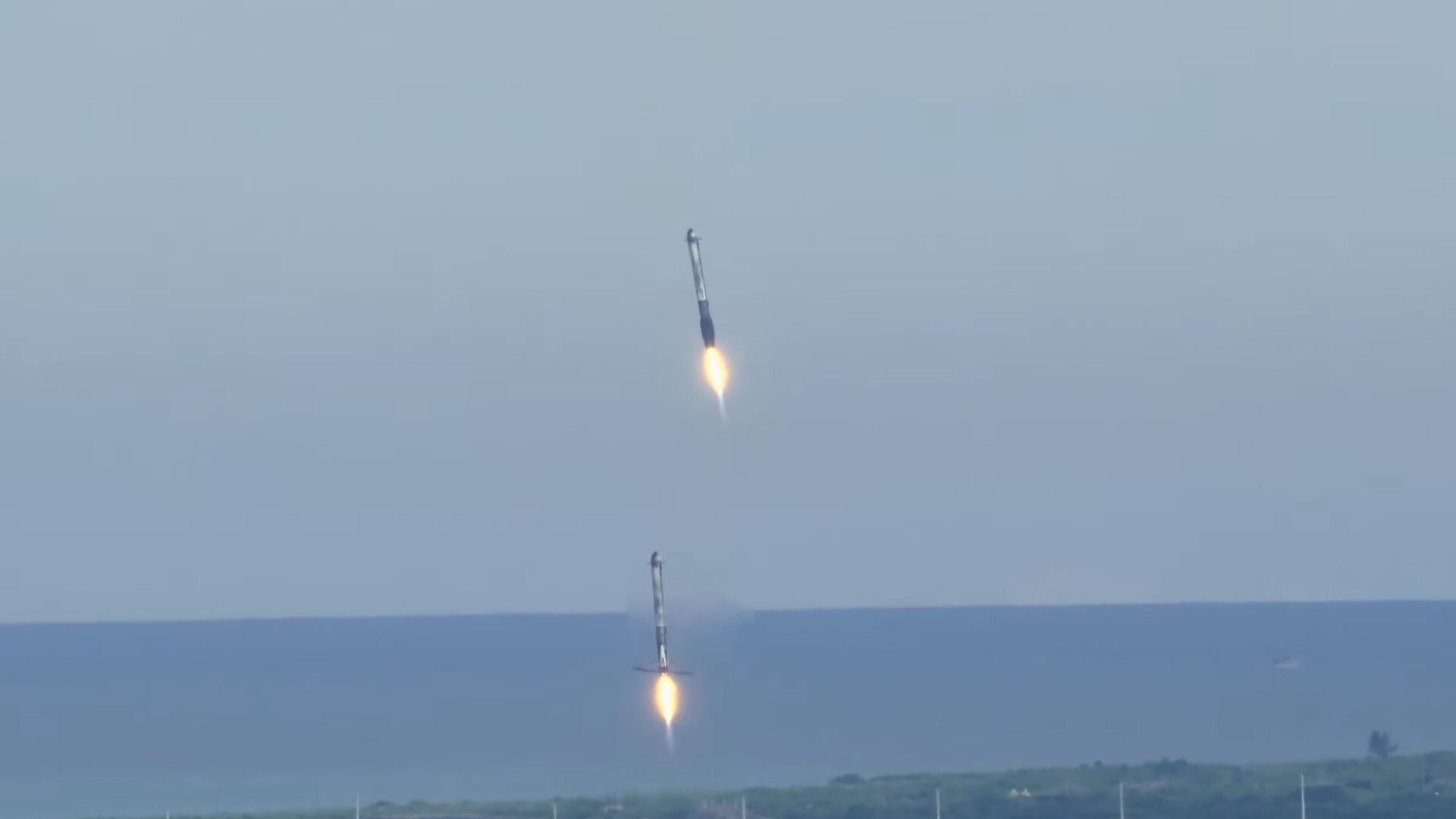
The Falcon Heavy's upper stage deployed GOES-U into geostationary orbit, 22,236 miles (35,785 kilometers) above Earth, about 4.5 hours after launch as planned. At that point, the satellite was renamed GOES-19.
Mission team members will put GOES-19 and its instruments through an extended series of checkouts, after which the satellite will take the place of GOES-16, which launched in November 2016 and currently occupies the GOES East position in the satellite network. (Yes, the GOES naming conventions are confusing.)
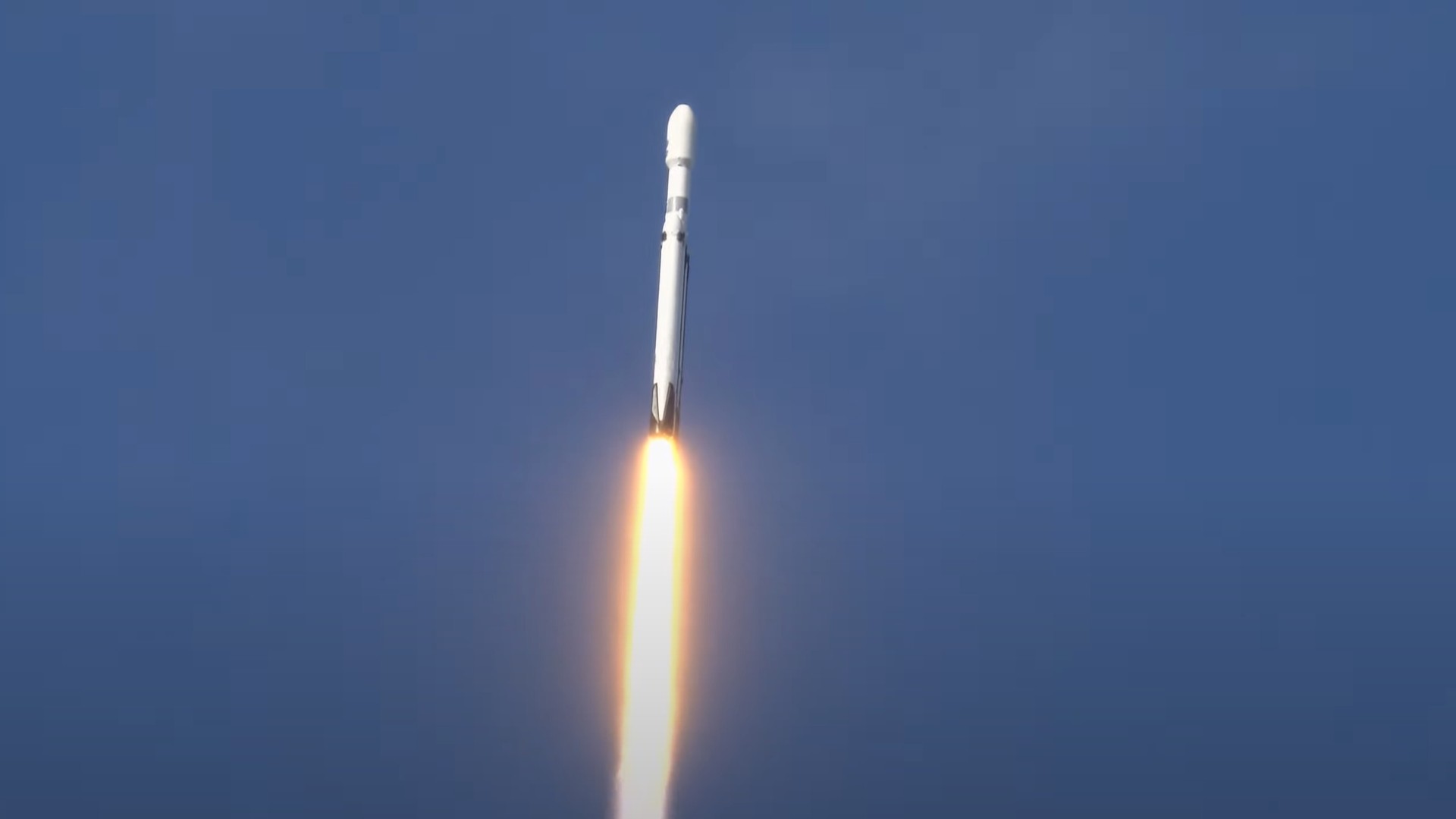
"After launch, there's a period of time where we get the orbit stabilized and then we turn on all of the sensors; we call that first light and expect it in about two months," Rick Spinrad, NOAA Administrator, told Space.com shortly before today's launch.
"Then, we go through the process of swapping out with GOES East that's currently operational, and that will probably happen around April of 2025," he said. "At that point, we'll be fully up and running, and the replaced satellite will effectively go on the storage orbit to be used as a backup."
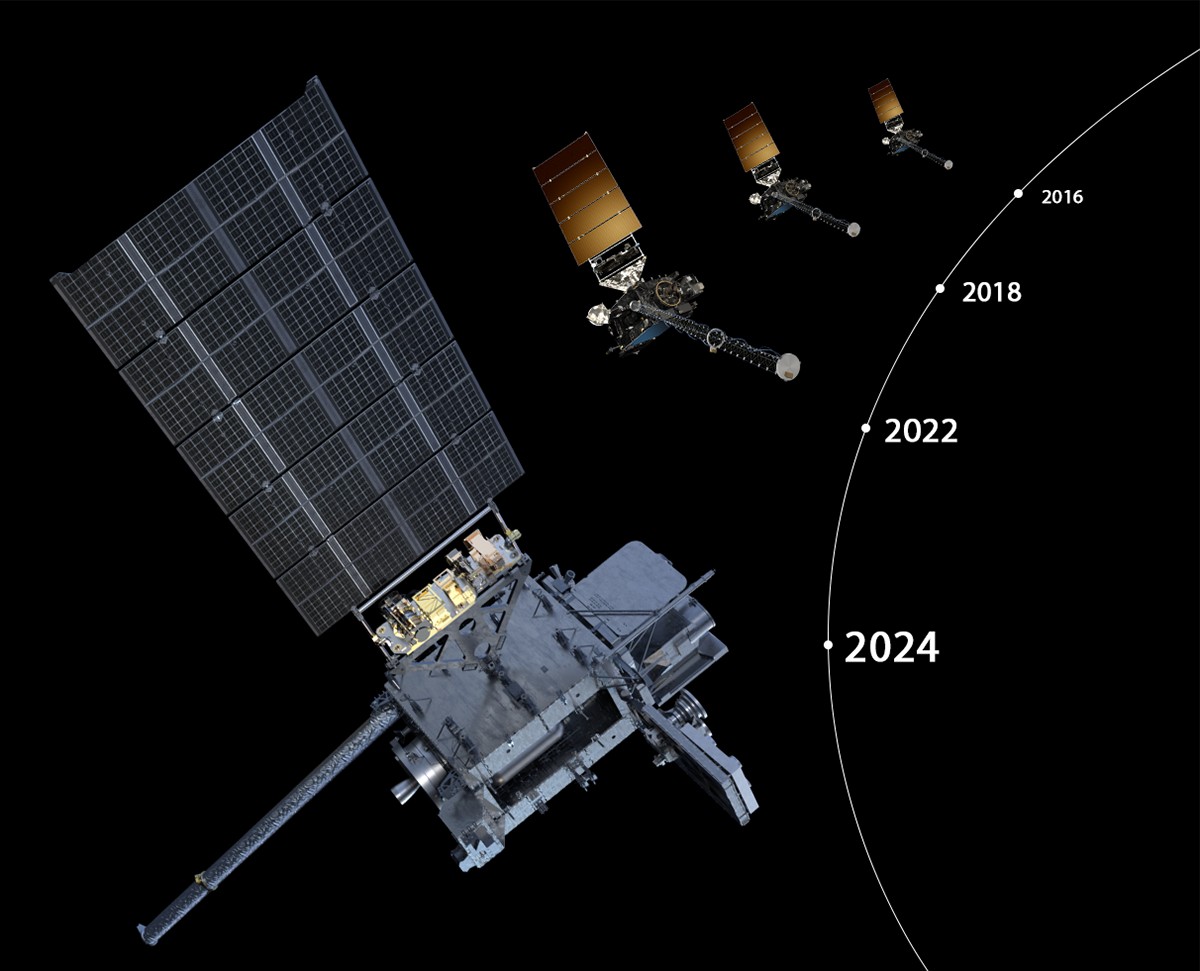
GOES-19 will watch over a big portion of the Western Hemisphere with its five science instruments. It will also play a large role in monitoring and studying space weather using its new compact chronograph instrument (CCOR-1), which was developed by the Naval Research Lab.
"Basically, what it does is, it takes an image of the sun as if it were eclipsed every 30 minutes and gives us an image and a forewarning if something is headed our way," Jim Spann, a senior scientist at NOAA's Office of Space Weather Operations, told Space.com.
"This is a new product from an operational perspective," he added. "We've had a coronagraph flying since the mid '90s on the ESA [European Space Agency]/NASA SOHO mission, which was a science mission, and it has done a fabulous job. But it is well beyond its years, and so to create a sustainable long-term operational capability, we are flying this compact coronagraph."
Today's launch is part of a five-decade long partnership between NOAA and NASA that involves the operation of more than 60 satellites that provide data to help with weather forecasting, climate studies and storm prediction.
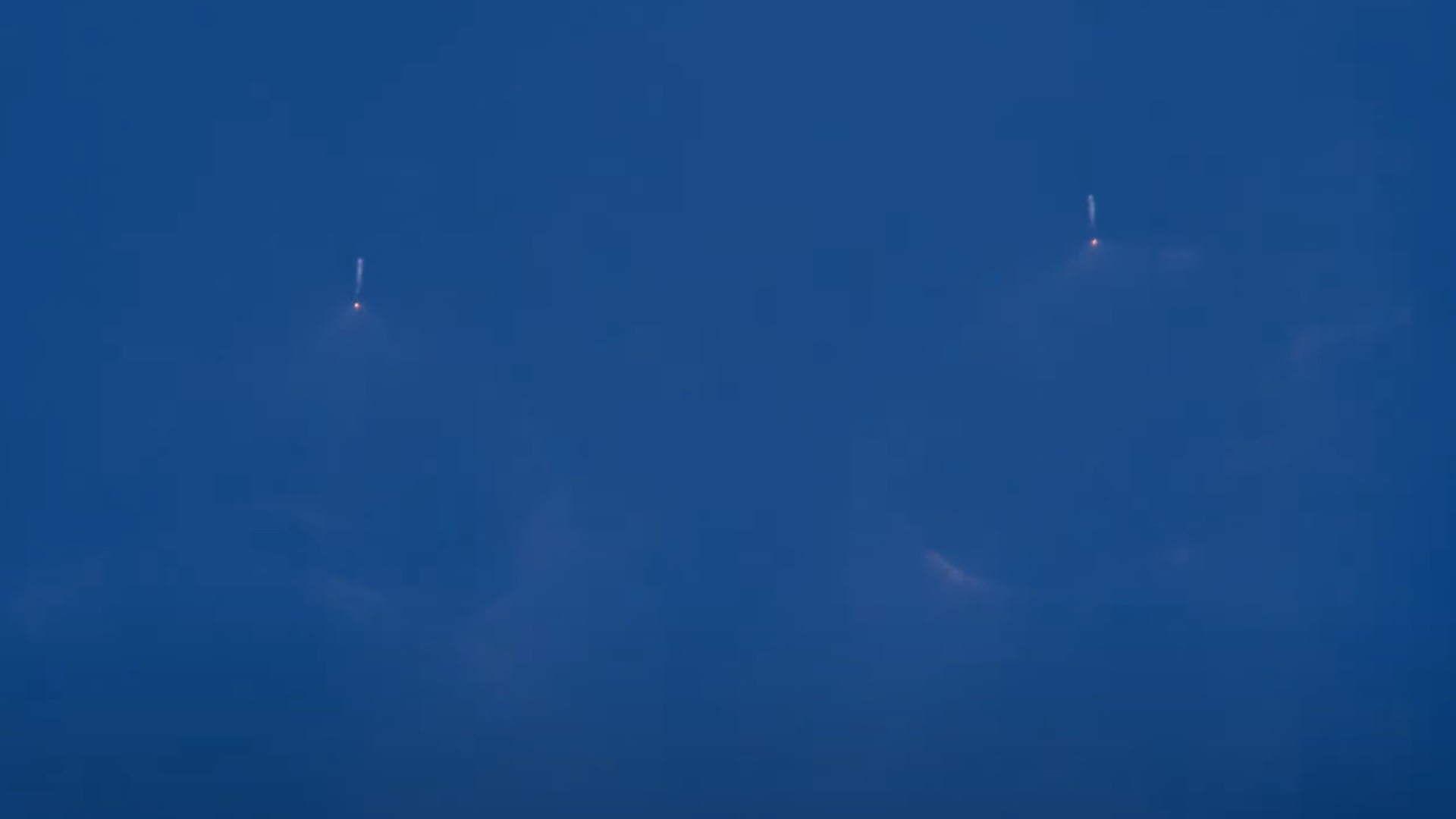
"We've used it more, and in ways we necessarily weren't expecting when we first thought about what the GOES-R series might hold," Mike Brennan, director of NOAA's National Hurricane Center, told Space.com.
"For example, we found the one-minute meso sector imagery really useful in diagnosing the genesis of tropical depressions or tropical storms," he added. "We found the high-resolution imagery useful in monitoring rapid intensification events and other aspects of tropical cyclone structural change. Just by having imagery more frequently, we see things we didn't see before when we only had an image every 30 or 60 minutes over a storm. GOES-U is going to be around for a long time, so it's going to help us maintain that level of high data quality that's so fundamentally important to every aspect of tropical cyclone forecasting for years into the future."
The operational lifetime of the current GOES-R series will extend into the 2030s. Its successor will be the Geostationary Extended Observations (GeoXO) satellite system, the first member of which is set to launch in 2032.
"We are so excited with GeoXO. We get to leverage everything we've learned on GOES, and we're going to put all of that in the GeoXO series and make sure it's an even better spacecraft," Jagdeep Shergill, GOES-R Series program manager at Lockheed Martin, told Space.com.
Editor's note: This story was updated at 12:45 a.m. ET on June 26 with news of successful satellite deployment.







